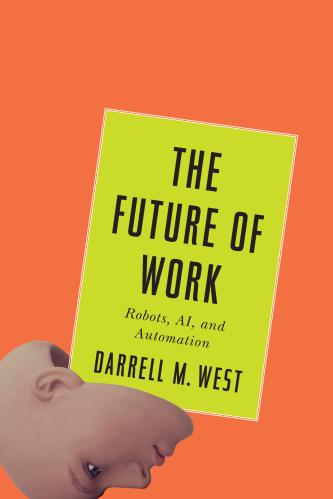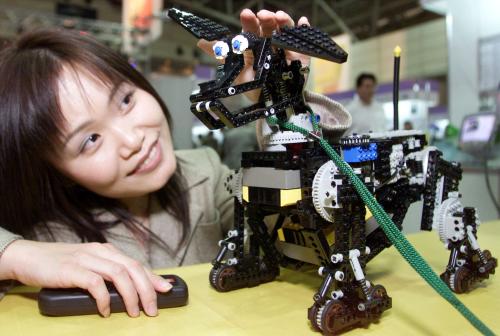In a world of rapid technological and economic transition, it is now imperative that people engage in lifelong learning. The traditional model, in which people focus their learning on the years before age 25, then get a job and devote little attention to education thereafter, is rapidly becoming obsolete. In the contemporary world, people can expect to switch jobs, see whole sectors disrupted, and need to develop additional skills as a result of economic shifts. The type of work they do at age 30 likely will be substantially different from what they do at ages 40, 50, or 60.
As I argue in my new book, “The Future of Work: Robots, AI, and Automation,” it will be vital that people develop new capabilities throughout their lives. People will need to stay abreast of the latest developments and understand that employers look for different things at various times in an employee’s lifetime. Skills that might be perfectly suited for a certain period may become irrelevant, forcing individuals to update their abilities for a changing workforce.
Technological dislocations will increase the need for continuing education. According to a McKinsey Global Institute report, “about 60 percent of all occupations have at least 30 percent of activities that are technically automatable, based on currently demonstrated technologies. This means that most occupations will change, and more people will have to work with technology.” Those who are starting out in life or are early in their professional careers are likely to face employment instability and volatility. Disruption will be the hallmark of the future workforce.
In order to help young people adapt to the changing world, major reforms are needed in education. Distance learning, massive open online courses, and digital resources are changing the way in which teachers educate and students learn. Young people have grown up as “digital natives” and are at ease using technology in many aspects of their lives. They now expect schools and colleges to offer the latest digital tools and to incorporate their use into the curriculum.
At the same time, schools need to become more creative in how they offer instruction. As an example, some educational programs are innovating through video games that incorporate math or science puzzles into instruction. In one example, players are required to answer substantive questions in order to advance through an educational video game; those who are successful earn points and win the game. This combination of video gaming and education represents a potent form of digital learning.
Smartphones and mobile tablets also are changing how people get information and engage in a variety of activities. Mobile devices bring information and transactions to people’s fingertips 24 hours a day. Through their convenience and accessibility, these products make it easy to engage in activities that used to require visits to physical facilities.
Through these and other tools, people will have the means to acquire new skills at every stage of their lives. Community colleges, private businesses, and distance learning all will have roles to play in workforce development because the disruptions likely will be large enough that no one channel will be sufficient in itself. It will take the efforts of every sector–government, business, and civil society–to provide skills that serve individuals over the course of the job shifts. That will include everything from coding and software development to design and machine-human interfaces. Those entering or re-entering the workforce will need soft and hard skills that put them in a solid position for shifts from company-to-company and sector-to-sector. In a period of rapid change, people have to understand that new skills acquisition is vital in order to cope with an era of economic disruption.








Commentary
The need for lifetime learning during an era of economic disruption
May 21, 2018